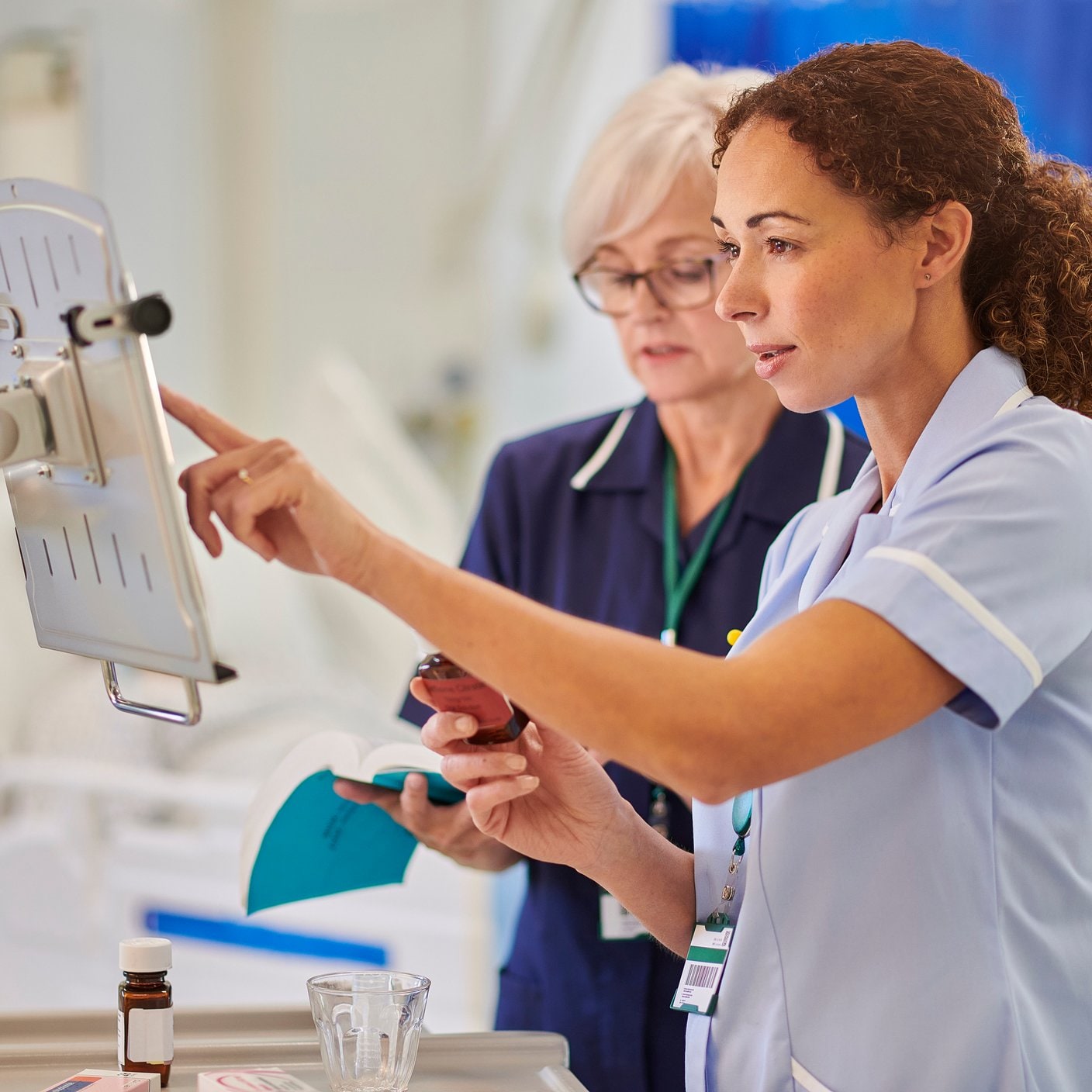Sit-stand desks are a relatively recent workplace feature, first coming to the market in the 1990s. But are they beneficial for Occupational Health and Safety (OHS)?
Increasing popularity
When Dr. James Levine of the Mayo Clinic coined the phrase “sitting is the new smoking” more than a decade ago, he was reflecting on what many researchers still believe are the potentially life-limiting effects of a sedentary lifestyle, including the way we spend our time in the workplace.
The growth of the sit-stand ergonomics market and the adoption of sit-stand desks in workplaces may well have been influenced by Dr. Levine’s remark. Is it possible, however, that sit-stands are not wholly beneficial to an ergonomics programme?
Misconceptions vs. reality
Sit-stand desks are not dangerous. The risk is that misconceptions could lead to negative health outcomes.
Consider these two questions about the use of sit-stand desks:
1. Does standing reduce the pain and discomfort associated with sitting?
2. Are more calories burned standing than sitting?
Does standing reduce discomfort?
There is conflicting evidence on whether standing reduces discomfort.
Standing may decrease discomfort in the back and shoulders, but prolonged standing with little or no movement can also be a cause for concern.
Professionals such as doctors, nurses, chefs, and hospitality sector workers who spend much of their day standing have been the subject of studies that show standing for too long can create a range of discomfort issues such as fatigue, leg cramps and backaches.
Excessive standing, therefore, is not necessarily the answer to reducing pain.
Does standing burn more calories?
Standing feels instinctively more energy-consuming than sitting. Public health advice makes clear the links between sedentary behaviour, poor lifestyle choices, high energy consumption and negative and chronic health outcomes.
Yet the notion that standing is a cure-all may be exaggerated, since the additional amount of energy that we use while standing is insignificant.
Research has shown that the difference consumed in energy between the two postures is slight, and that difference is more than likely due to the muscles being worked when moving from one position to the other. The same research points to the real benefits of movement.
Adopting a balanced solution
So, if using sit-stand desks in the workplace to relieve discomfort doesn’t necessarily equate to an effective ergonomics programme, why use them?
The answer seems to be a question of balance. An effective office ergonomics programme would focus on providing employees with a workplace that facilitates movement throughout the workday.
Here are some suggestions to consider for your organization:
- Redesign your workplace to facilitate movement and reduce the time that your workers spend in static postures.
- Design workplace logistics that encourage movement away from the desk or workstation as often as possible. Having distant printers, bathrooms, or kitchen facilities may seem like an inconvenience, but over time can produce unseen health benefits for workers.
- Consider creating a no-email policy or encouraging more frequent face-to-face conversations in your office to encourage movement.
- Adopt best practices when using sit-stand desks, including regular adjustment rather than continued use in either a raised or lowered position.
- Implement a sit-stand schedule that works for each individual staff member.
- If budgets do not allow a sit-stand desk for everyone, you may consider providing sit-stands based on medical necessity.
Creating an effective ergonomics programme
Incorporating a well-designed ergonomics programme in your organization is important.
Your programme should:
- Educate staff and demonstrate the adjustability of chairs and workspaces
- Encourage activity and movement throughout the day
While the introduction of sit-stand technology can bring advantages, they're best realized in conjunction with a thorough risk assessment while embracing best practices to ensure optimal results.





